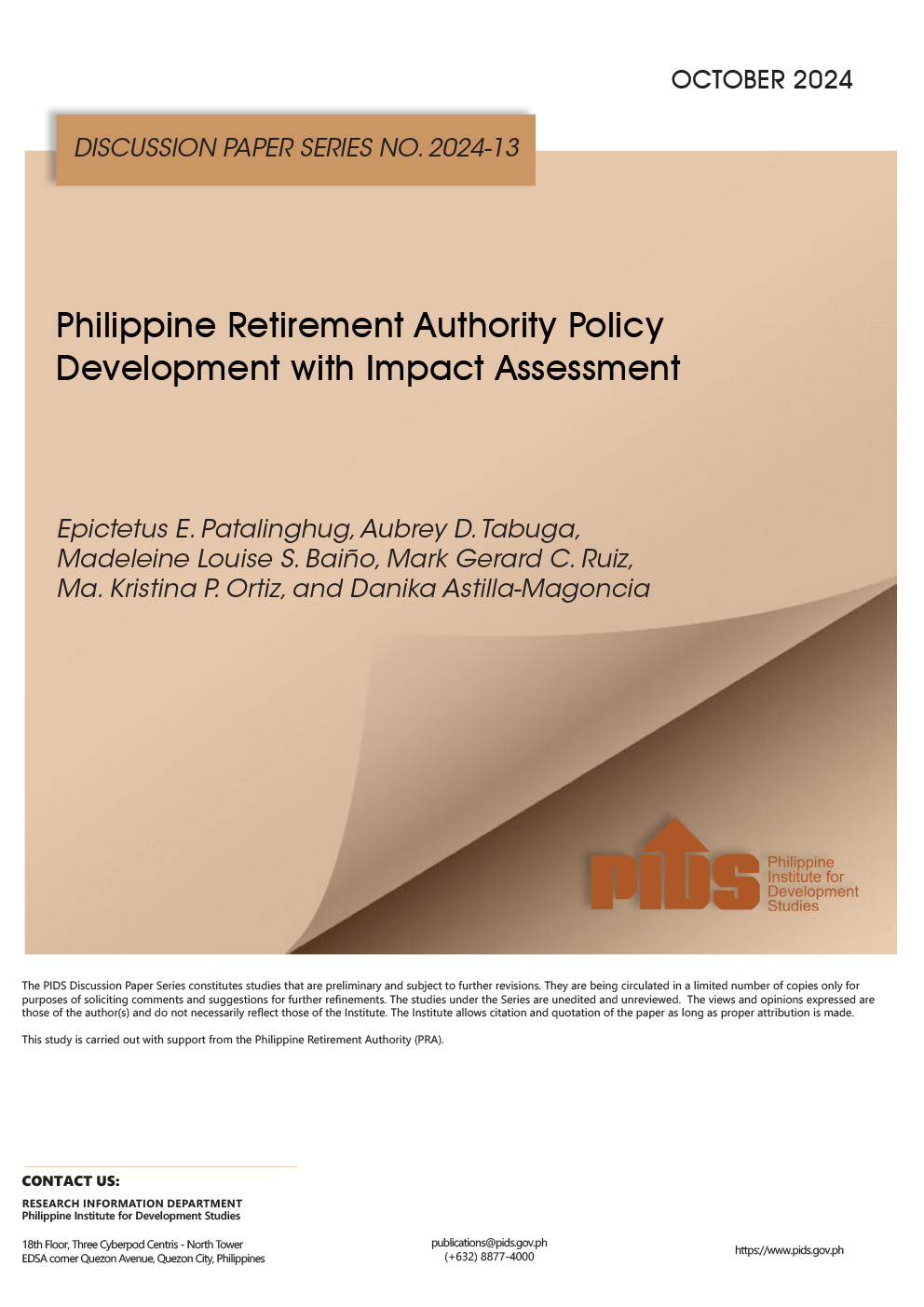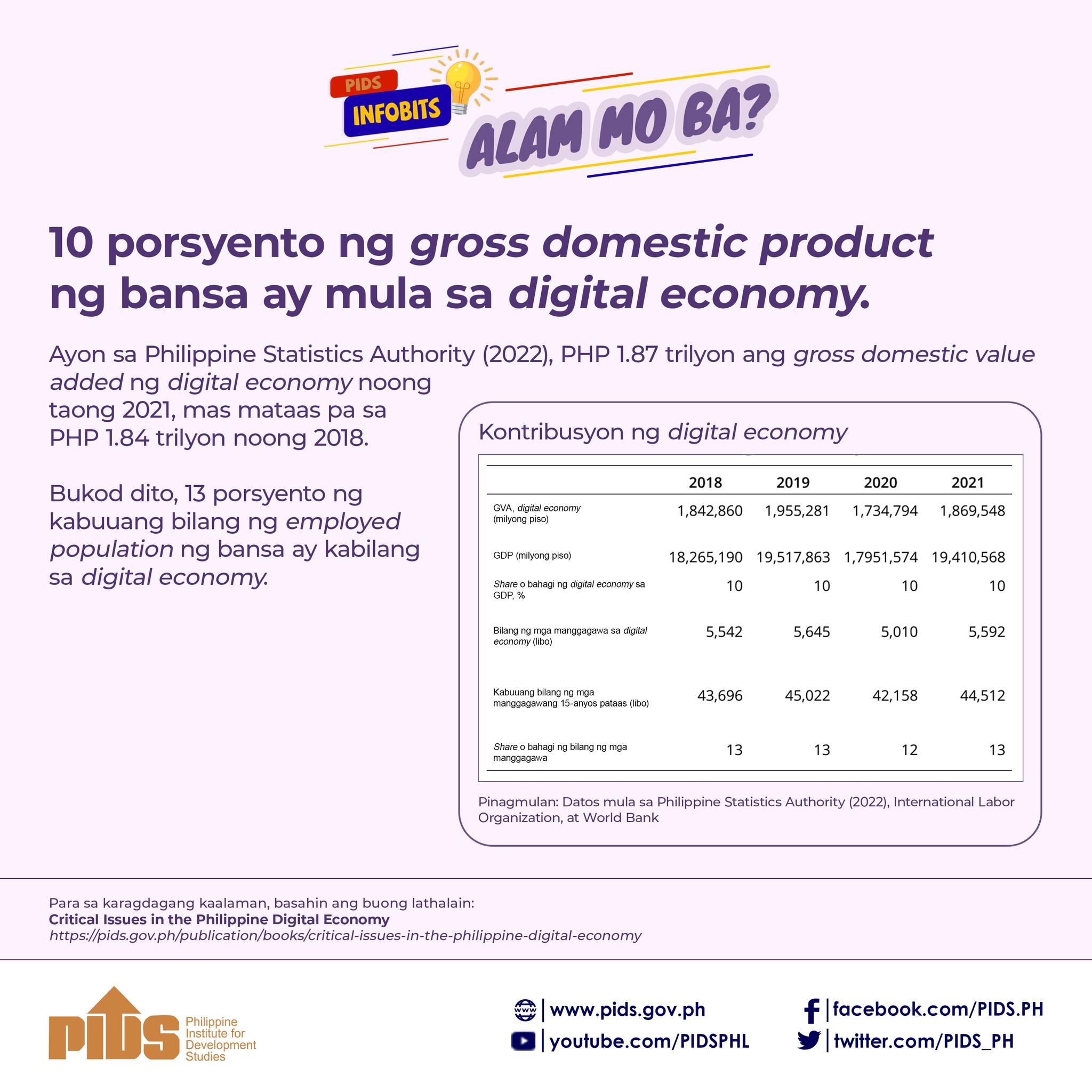Official statistics now affirm what the people – particularly the poor and the middle class, and the small and medium enterprises – have been feeling on the ground in light of the COVID-19 pandemic: In 2020, the drop in Philippine economic growth was the biggest since 1946.
If it’s any consolation for the Duterte government, the United States economy last year under President Donald Trump also contracted most sharply since 1946, per its own commerce department. Millions of American workers have been laid off and thrown into poverty.
That dismal disclosure came alongside a report that a study has found the Philippines ranking 79th among 98 countries in how effectively they have responded to the coronavirus pandemic, scoring only 30.6 percent out of 100 on six indicators. The study was conducted by the Lowy Institute, an Australian think tank. (More on this will be discussed below.)
The biggest plunge in economic output was recorded on two measurements: 9.5 percent in the gross domestic product (GDP, the total value of goods and service produced within the country), and 11.1 percent in the gross national income (GNI, the total economic output by Filipinos in the country and overseas).
Of the two measurements, the GNI drop is more meaningful, since over the decades the remittances by overseas Filipino workers have been a substantial component of the total economic output. Due to the pandemic, hundreds of thousands of OFWs have lost their jobs and have been repatriated to the country, and further overseas deployments have declined, according to national statistician Claire Dennis Mapa.
Based on the national population of 109.1 million, Mapa pointed out, the share of every Filipino in the GDP was reduced by 10.7 percent, and in the GNI, by 12.3 percent.
How these statistics impact on the life of Filipinos may be shown, partly, by the results of a survey conducted by the World Bank in August last year. The survey showed that one-fourth (1/4) of breadwinners were jobless, one-third (1/3) of families suffered from hunger and also one-third (1/3) of families have no access to a doctor.
Reflecting the widening inequality between the rich and the poor, the World Bank said that the rich were able to use their savings and borrowed from the banks, whereas the poor had to spend as little as possible on food and other needs to stretch their budgets, and borrowed money from friends when they ran out of cash.
The huge drop in output could likely spell disaster for the Duterte government’s target of moving the country up to upper-middle income status next year. In 2019 the Philippines had been a lower-middle income country with a GNI per capita of $$3,850. But the following year (2020), the World Bank raised the threshold for upper-middle income countries to a range of GNI per capita of $4,046 to $12,535, from $3,996 to $12,375.
Nonetheless, Socioeconomic Planning Secretary Karl Kendrick Chua chooses to maintain a sunny outlook. He boldly projects that the government can still achieve its two targets: 1) edge up to upper-middle income status in 2022 (joining China, Indonesia, Malaysia and Thailand); and 2) reduce the national poverty level from 16.7 percent in 2018 to 14 percent “earlier than 2022, despite the pandemic.” How the economic managers can achieve these targets remains to be seen.
As regards response to the pandemic study, the Lowy Institute used a COVID Performance Index, which included these indicators: number of confirmed infection cases, confirmed deaths, confirmed cases per million people, confirmed deaths per million people, confirmed cases in proportion to tests conducted and tests per thousand people (The study excluded China and also Cambodia, Laos, Brunei and Timor-Leste due to lack of official data).
Ranking as top 3 by these indicators were New Zealand, Vietnam and Taiwan. Other countries in the top 10 were Thailand (fourth), Cyprus, Rwanda, Iceland, Australia, Latvia and Sri Lanka. Other Southeast Asian nations with higher ranking were Singapore (13th) and Malaysia (16th). Indonesia ranked lower than the Philippines at 85th. Britain ranked 66th, India was 86th and the United States, 94th.
“In general,” the report said, “countries with smaller populations, cohesive societies and capable institutions have a comparative advantage in dealing with a global crisis such as a pandemic.” It added that “levels of economic development or differences in political systems between countries had less of an impact on outcomes than often assumed or publicized.”
Regarding “capable institutions” as a comparative advantage in dealing with COVID-19, it’s apt to raise the issue – as it has been raised often enough – of whether it was correct for the Duterte government to primarily rely on the military and police establishments to provide the leadership and muscle in its response.
As things stand, for almost a year now, the spread of the virus hasn’t been contained, the lockdowns and strict restrictions continue – factors that have sent the economy reeling. The matter of procuring vaccines and managing their allocation and use, fully entrusted in the hands of a retired military general, continues to raise questions.
On the other hand, the revival by the House of Representatives leadership of Charter change proposals to ease or remove restrictions in the provisions on the national economy and patrimony – as a response to the pandemic’s disastrous economic impact – has raised both previous and new issues regarding foreign investments.
The Duterte government must take a serious look into the findings by the Philippine Institute for Development Studies (PIDS), the economic planning agency’s official policy research arm. Here’s what PIDS, as articulated by its director Rosario Manasan during a Senate committee hearing, has found out in sum:
The “statistical power” of the constitutional restrictions on the flow of foreign investments is “low, indicating that other factors are also in place.” Among these factors are the “quality of government,” deemed as most important in attracting foreign direct investments.
Such quality pertains to the following: political stability, absence of violence and government effectiveness – which supposedly captures perceptions of quality of the civil service and degree of its independence from political pressures. We may take this to mean that foreign investors aren’t so much deterred by our constitutional provisions as they are by the political climate (or, simply, bad government) that hamstrings the productivity of capital invested in the country.
So there, how do we measure up to that?
Lowest dip in economy, lagging in COVID-19 response












